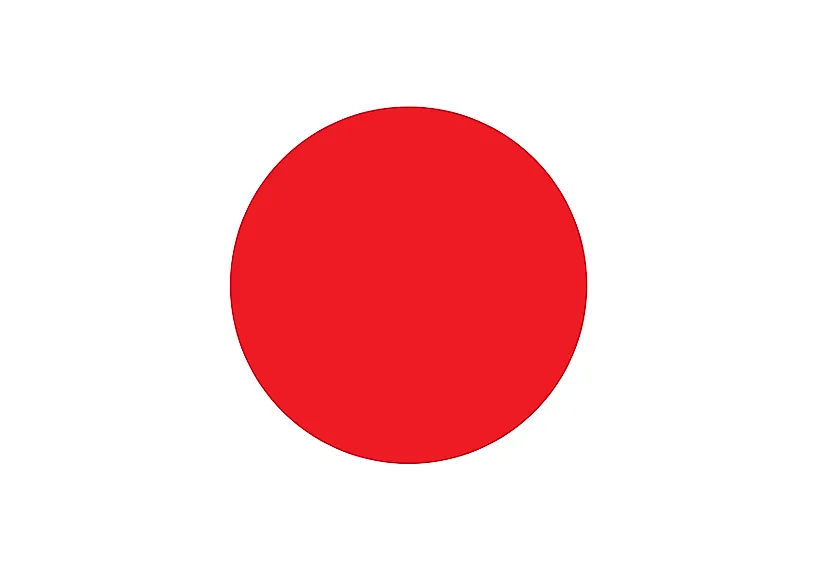
日本
| 大陸 | アジア |
| 資本金 | 東京 |
| 人口 | 126,702,133 |
| GDP | $4.93兆ドル |
| 一人当たりGDP | $38,900 |
| ダイヤルコード | +81 |
| ISOコード(2文字) | JP |
| ISOコード(3文字) | 日本 |
日本の風景






日本について
古くからの伝統と最先端のテクノロジーが調和する国、日本へようこそ。6,852の島々、377,975平方キロメートルに約1億2,570万人の人口を擁する日本は、深遠な文化遺産と技術革新を融合させ、世界で最もユニークで影響力のある社会のひとつを作り上げています。
地理的特徴と自然の美しさ
日本の地理は、東アジアの太平洋沿岸に広がる列島を包括している。日本には4つの主要な島がある:北海道、本州、四国、九州の4つの主要な島があり、雪を頂く山々から亜熱帯の島々まで様々な風景がある。
日本の象徴的な最高峰である富士山、数多くの活火山、国土面積の67%を占める広大な森林地帯などの景観がある。環太平洋火山帯に沿った日本の位置は、ドラマチックな景観を生み出すと同時に、頻繁な地震活動を助長している。
保護地域には、手つかずの大自然を守る北海道の知床国立公園や、ユネスコの世界遺産に登録されている屋久島の古代杉の森などがある。また、変化に富んだ気候帯が生物多様性を育み、四季折々の風物詩にも影響を与えている。
文化遺産と伝統
日本文化は、古くからの伝統と現代的な革新が融合した独特のものである。この国の遺産には、生け花、茶の湯、さまざまな武道といった独特の芸術形式が含まれる。
伝統芸能には歌舞伎、能楽、俳句をはじめとするさまざまな詩歌がある。建築は古代の寺社から現代的なデザインまで幅広く、庭園には自然との調和という哲学的な原則が反映されている。
ユネスコ無形文化遺産に認定された日本料理は、地域の名物料理や旬の食材を使った料理が特徴だ。伝統工芸には陶芸、着物などの織物、金工などがあり、漫画やアニメなどの現代大衆文化は世界のエンターテイメントに影響を与えている。
歴史の旅
日本の歴史は、古代の縄文時代から、日本の古典文明、封建的な幕府、そして明治維新後の近代化へと続いている。文化的アイデンティティを維持しながら、外国の影響に順応してきたこの国のユニークな能力が、日本の発展を形作ってきた。
重要な時代には、奈良・平安の古典時代、徳川幕府の鎖国政策、1868年以降の急速な近代化、戦後の経済的奇跡、現代の技術的リーダーシップなどがある。この国の歴史的経験は、革新と保存へのアプローチに影響を与え続けている。
現代の経済状況
今日の日本経済は、自動車や電子機器製造業を中心とする工業力と、ロボット工学や人工知能の先駆的な発展を兼ね備えている。人口動態の課題に取り組みながら、さまざまな技術分野でリーダーシップを維持している。
最近のイニシアチブは、持続可能な開発、デジタルトランスフォーメーション、ソーシャルイノベーションに焦点を当てている。日本の品質と精度へのこだわりは、世界有数の経済大国としての地位を支えている。
国際関係とグローバルポジション
日本は経済連携や文化交流を通じて、世界情勢に大きな影響力を維持している。日本のソフトパワーは、大衆文化、デザイン美学、技術革新を通じて広がっている。
ご存知でしたか?
- 日本の65歳以上の高齢者人口は28%で、世界一である。
- この国には、西暦578年に設立された世界最古の企業がある。
- 日本の列車は世界で最も時間に正確で、平均遅延時間は1分未満である。
- 国民一人当たりの自動販売機の数が世界のどこよりも多い国?
結論
日本は伝統と革新が見事に融合した国である。古寺から新幹線まで、季節の祭りから技術の飛躍的進歩まで、日本は独自の文化的アイデンティティを維持しながら進化し続けている。人口動態の変化や持続可能性といった現代の課題に取り組む中で、日本は保存と進歩の調和に取り組んでいる。